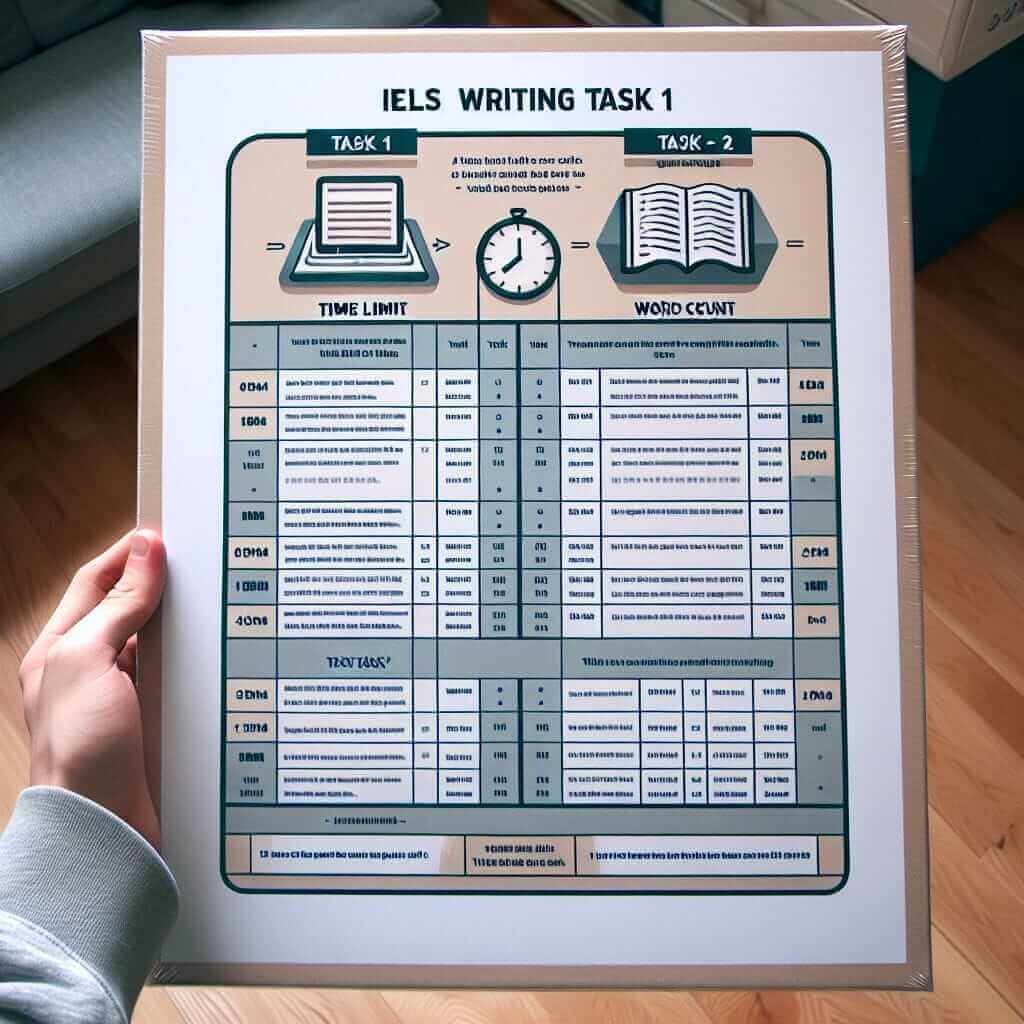The IELTS Writing test often feels like one of the most daunting sections, leaving many test-takers wondering how to achieve a high score. Whether you’re aiming for a band 7, 8, or even 9, mastering this section is achievable with the right approach and consistent practice. In this comprehensive guide, I’ll draw upon my 20+ years of experience teaching IELTS to provide you with practical strategies, insider tips, and real-life examples to help you excel in both Task 1 and Task 2.
Understanding the IELTS Writing Test Format
Before delving into specific strategies, it’s crucial to understand what examiners look for in your writing. The IELTS Writing test assesses your ability to:
- Express your thoughts clearly and cohesively.
- Use a wide range of vocabulary accurately.
- Demonstrate a strong command of English grammar.
- Present your ideas logically and effectively.
Task 1 vs. Task 2: Key Differences
The Writing test is divided into two tasks, each with distinct requirements:
Task 1 (20 minutes): You’ll be presented with a visual representation of data (graph, chart, diagram, or process) and asked to summarize the key information in your own words.
Task 2 (40 minutes): This task requires you to write an essay in response to a given opinion, problem, or issue. You need to provide your own perspective, supported by relevant examples and logical reasoning.

Essential Tips to Improve Your IELTS Writing Score
No matter your current English level, these tips will equip you with the essential tools to improve your writing prowess:
1. Master Time Management
Time is of the essence in the IELTS Writing test. Practice writing under timed conditions to develop your ability to plan, write, and proofread effectively within the given time frame.
2. Analyze the Prompt Carefully
Before you begin writing, thoroughly analyze the task prompt. Identify the key words, understand the specific requirements, and determine the appropriate tone and style for your response.
3. Plan Your Structure
A well-structured essay is crucial for clarity and coherence. For Task 1, organize your information logically, highlighting the most significant trends. For Task 2, use a clear introduction, body paragraphs with supporting evidence, and a concise conclusion.
4. Expand Your Vocabulary
Enhance your lexical resource by learning synonyms for commonly used words, incorporating idiomatic expressions, and employing a variety of collocations. However, prioritize clarity and accuracy over using overly complex vocabulary.
5. Master Grammar and Punctuation
Grammatical errors and incorrect punctuation can significantly impact your score. Pay close attention to subject-verb agreement, tense consistency, articles, and punctuation marks. Regular practice and feedback are vital for improvement.
6. Write Coherently and Cohesively
Use a variety of cohesive devices, such as linking words (e.g., however, furthermore, consequently) and referencing, to ensure a smooth flow of ideas and to connect your sentences and paragraphs effectively.
7. Proofread for Errors
Always allocate time for proofreading. Look for spelling mistakes, grammatical errors, and inconsistencies in your writing.
Specific Strategies for Task 1
- Paraphrase the Question: Begin by paraphrasing the question in your own words to demonstrate your understanding.
- Highlight Key Features: Identify the most significant trends, patterns, or changes in the data.
- Use Data Appropriately: Support your statements with accurate and relevant data from the visual.
- Use a Range of Vocabulary: Practice using a variety of vocabulary to describe trends (e.g., increase, decline, fluctuate, stabilize).
Example (Line Graph):
The line graph illustrates the average monthly temperatures in London and Paris over a year.
Paraphrase: The graph provides a comparison of average monthly temperatures in the cities of London and Paris throughout the year.
- Avoid Providing Opinions: Your task is to report the data objectively. Do not include personal opinions or draw conclusions that are not supported by the information provided.
Specific Strategies for Task 2
- Develop a Clear Thesis Statement: State your main argument or position clearly in the introduction.
- Support Your Arguments: Provide relevant examples and evidence to back up your points.
- Use a Range of Sentence Structures: Demonstrate your grammatical range by using a variety of sentence structures (e.g., complex, compound, simple).
- Address All Parts of the Prompt: Ensure you fully address all aspects of the question.
- Offer a Balanced Perspective: Even if you have a strong opinion, acknowledge opposing viewpoints to present a well-rounded argument.
Example (Opinion Essay):
Some people believe that technology has made our lives easier. Others argue that it has made our lives more complex. Discuss both these views and give your opinion.
Thesis Statement: While technology has undoubtedly brought about conveniences, its increasing complexity and potential for distraction suggest that it has also introduced new challenges into our lives.
Conclusion
Achieving a high score in the IELTS Writing test requires dedication, strategic practice, and a deep understanding of the assessment criteria. By implementing the tips outlined in this guide, you’ll be well on your way to crafting impressive responses that showcase your writing skills and boost your overall IELTS score.